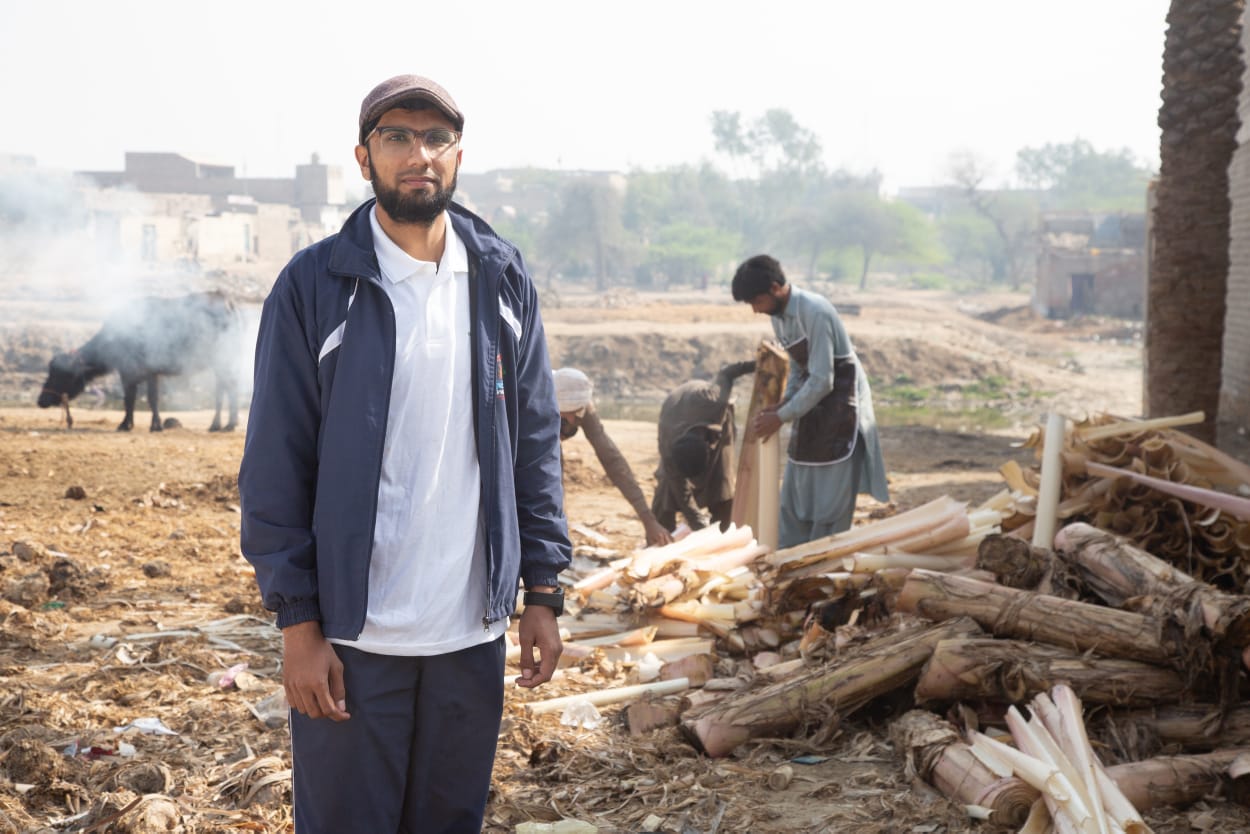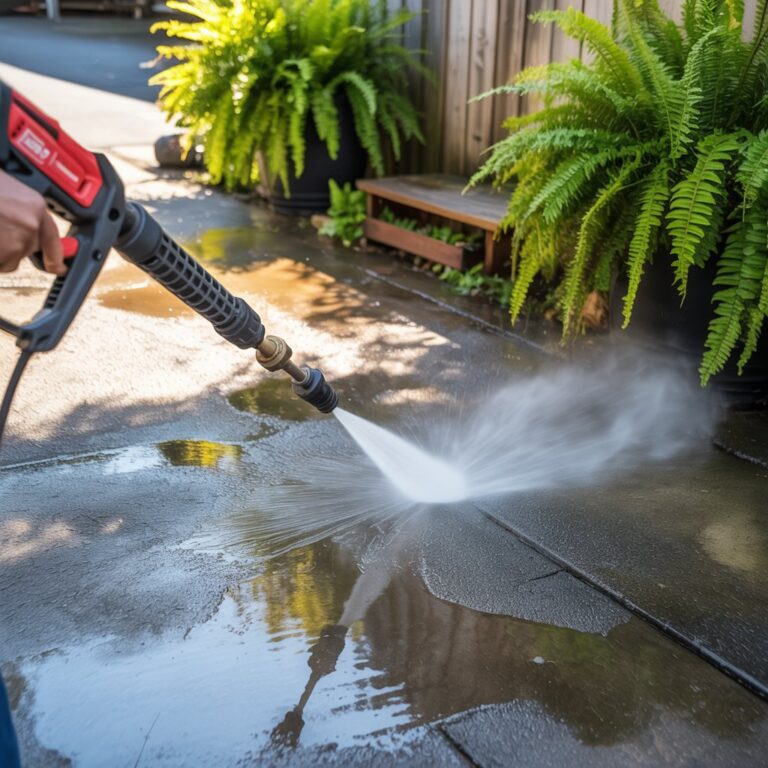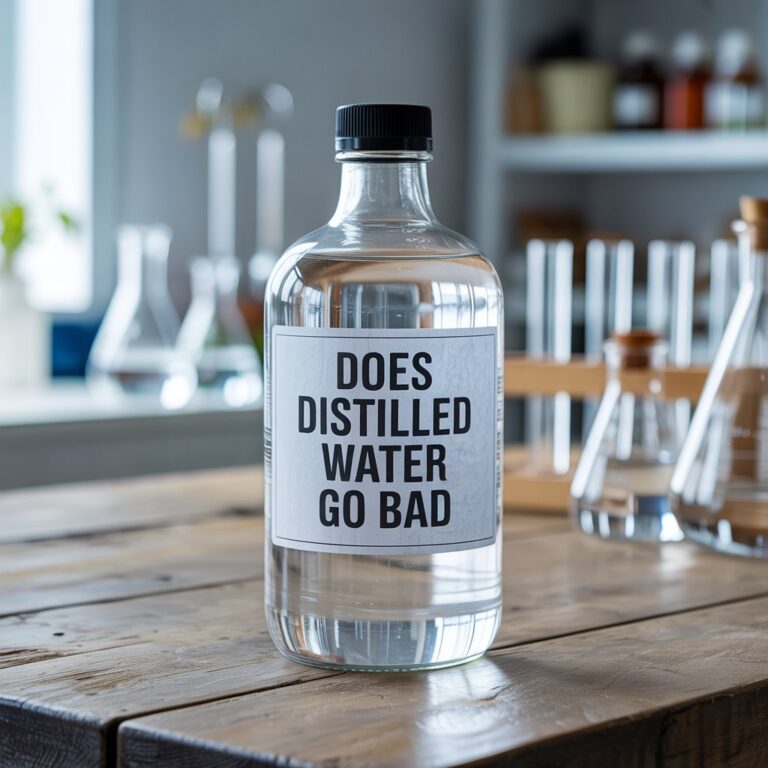Banana fiber in Pakistan offers a low-cost, climate-smart solution to synthetic fiber pollution. With 7.7 million tonnes of banana pseudostem waste annually, this agricultural byproduct holds the key to sustainable textiles, community income, and emissions reduction.
1. Introduction
In a world of climate change, resource depletion and waste, the textile and materials industries are at a crossroads. Synthetic fibers—polyester, nylon, acrylic—have become the norm due to low cost and performance but their environmental impact is severe. Enter natural fibers as the sustainable alternative, and banana fiber is a top contender. In Pakistan where millions of tons of banana pseudostem waste are generated every year, valorizing this biomass can reduce greenhouse gas emissions, create rural livelihoods and circular economy models. This article explores the need, advantages and practical ways to scale up banana fiber, featuring The Natural Fiber Company.
2. The Synthetic Fiber Problem
Synthetic fibers are petrochemical based, energy intensive to produce through polymerization and extrusion. Polyester production emits 5.5 kg CO₂ per kilogram of fiber and 125 MJ/kg of energy. Microplastic shedding during washing releases 200,000-500,000 tons of microplastics into water bodies every year. End of life disposal further burdens the environment: synthetic textiles last in landfills for centuries, leaching additives into soil and water. Globally, textile production contributes 4-10% of anthropogenic greenhouse gas emissions and uses massive water and chemicals. These problems highlight the need to switch to renewable, biodegradable fibers.
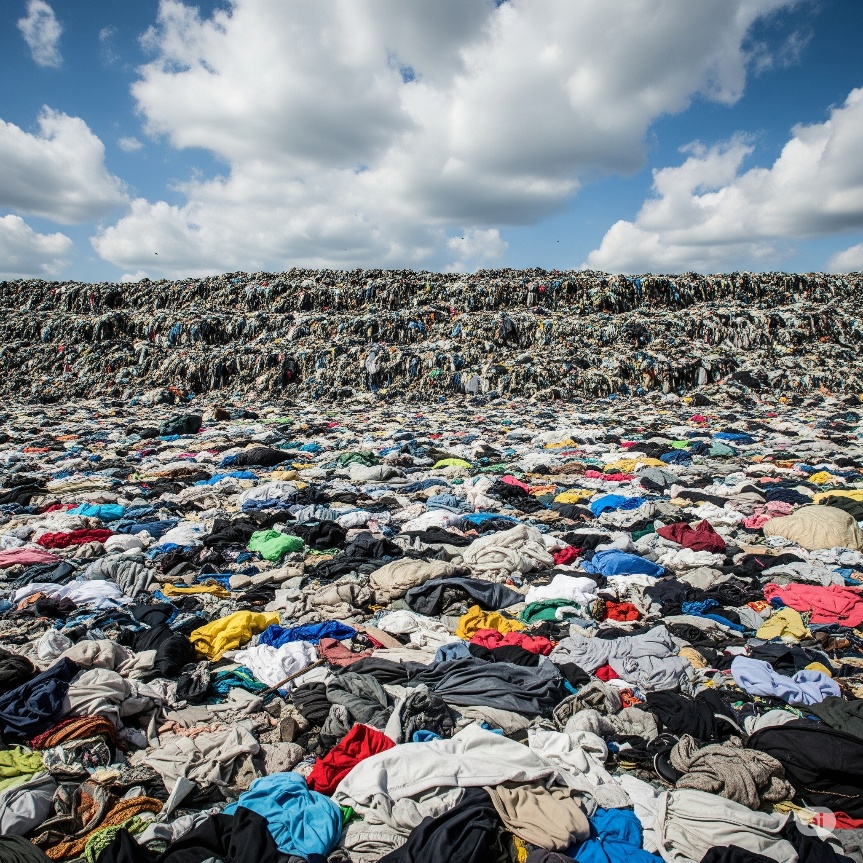
Figure 1: Huge landfills of synthetic fibers
3. Natural Fibers to the Rescue
Plant-based fibers—cotton, jute, hemp, flax, sisal, and emerging ones like banana—offer renewable and biodegradable options. While cotton has water and pesticide issues, bast fibers like jute and flax need fewer inputs. Research shows many natural fibers have life-cycle carbon footprints way lower than synthetics: e.g. cotton ~3.75–5.89 kg CO₂e/ton vs polyester ~9.5 kg CO₂e/ton. And natural fibers can be composted at end-of-life, closing carbon loops. But scaling natural fibers means ensuring sustainable cultivation, efficient processing and viable markets.
4. Why Banana Fiber? A Comparative Perspective
4.1 Mechanical Properties Comparison
Here’s a comparison of mechanical and physical properties of selected natural fibers to show how banana fiber stacks up in strength and functionality:
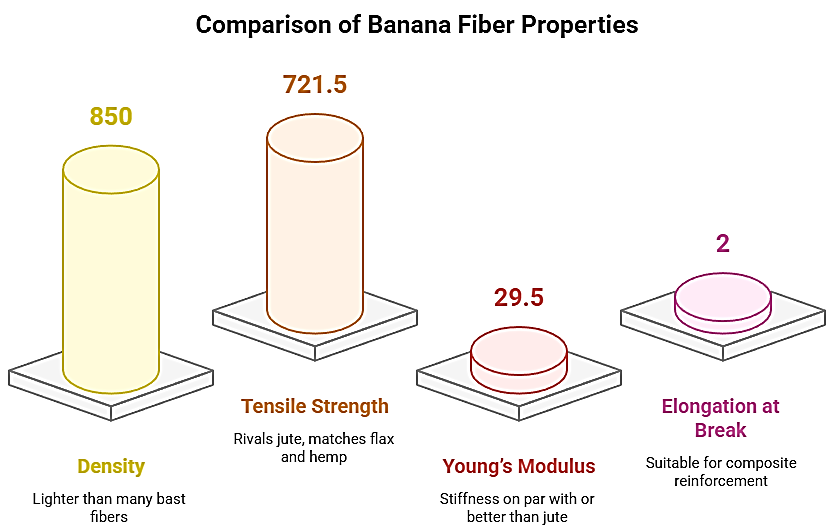
Figure 2: Comparison of Natural Fiber Properties
This comparison positions banana fiber as a strong contender for diverse applications.
4.2 Schematic of Banana Fiber Extraction Process

Figure 3: Flowchart illustrating steps from banana pseudostem collection, extraction (machine-assisted),drying, fiber alignment/combing, spinning/weaving.
4.3 Beyond Mechanical Properties
- By-product of Fruit: Banana plants are grown for fruit; pseudostem is usually discarded after harvest so fiber is a low cost by-product with no competing land use.
- Multifunctionality: Pseudostem sap can be processed into organic liquid fertilizer rich in NPK; residual biomass can feed compost or vermicompost operations to improve soil health.
- Big Waste Volumes: Global banana production generates over a billion tonnes of pseudostem waste every year; valorizing even a small fraction yields a lot of fiber and environmental benefits.
- Circular Economy: Converting waste into high value fiber, fertilizer and compost is circular, reduces emissions from open burning/decomposition and creates new revenue streams.
5. Banana Cultivation & Waste in Pakistan
5.1 Pakistan Banana Cultivation & Waste Estimates

Figure 4: Pakistan Banana Cultivation & Waste Estimates
- Cultivated Area: ~35,000 hectares nationwide, predominantly in Sindh (93%) with annual production ~155,000 t of bananas.
- Biomass per ha: Approximately 220 t pseudostem biomass per hectare per harvest cycle.
- Estimated Annual Pseudostem Waste: ~7.7 million tonnes of biomass potentially available for valorization.
5.2 Annual Pseudostem Waste vs. Potential Fiber Yield
7.7 million tons biomass × 7% average fiber yield → ~540,000 tons of raw banana fiber annually, representing substantial material entering value chains
.
Figure 5: Bar chart showing estimated pseudostem waste (million tonnes) and approximate fiber yield potential.
5.3 Environmental & Economic Impacts
Open burning or uncontrolled decomposition of pseudostems emits CO₂ and methane; studies estimate burning 1 ton of pseudostem emits ~0.5 tons CO₂. Addressing this waste mitigates GHG emissions, reduces local air pollution and avoids lost economic opportunity from wasted biomass.
6. Applications & Value-Added Pathways
- Textiles & Handicrafts
- Technical Textiles & Composites
- Paper & Pulp Alternatives
- Agricultural By-products
- Emerging Advanced Uses
7. Case Study: The Natural Fiber Company (Pakistan)
In the heart of rural Sindh, a quiet revolution is taking place—one that begins with discarded banana stems and ends with sustainable innovation. The Natural Fiber Company (NFC), headquartered in Sukkur, is Pakistan’s first initiative to turn banana pseudostem waste into eco-friendly, value-added products. From fiber extraction and product development to rural employment and climate action, NFC is a powerful example of sustainable enterprise and circular economy leadership.
Founded to address the massive agricultural waste generated by banana farming, NFC works with local farmers to source pseudostems after fruit harvest. These stems, often burned or left to decompose, are repurposed into raw material. Using a vertically integrated model, NFC controls the entire process in-house: from sourcing and extraction to final packaging and distribution. This self-sufficient system ensures quality, eco-certification and traceability—key for domestic and international markets.
7.1 Product Portfolio and Innovation
NFC’s product range showcases the potential of banana fiber. The company’s products include raw/combed fiber, cleaned, aligned and sold to manufacturers or handloom cooperatives. Durable ropes are used in agriculture, packaging and handicrafts. Fabrics and woven textiles—hand and machine processed—form the basis of home decor items like mats, rugs, cushion covers and curtains. NFC also makes fashion accessories like clutch bags, eco-slippers and wallets, blending traditional with modern minimalism.The company makes personal care items like loofahs and scrubbing pads, biodegradable alternatives to plastic-based grooming products. NFC also produces handcrafted home décor like placemats, baskets, coasters and wall hangings for premium markets. One of the biggest contributions is biodegradable paper products made from banana fiber pulp, a sustainable alternative to wood-based paper.
More Product from plant : From Sugarcane to Table: The Life Cycle of Bagasse Packaging
From Bamboo to Recycled Plastic: The Materials Behind Green Pens
Beyond products, NFC offers technical services including fiber extraction machines, plant setup consultancy and training modules for local artisans and machine operators. Their integrated waste loop also includes agricultural by-products where banana sap is processed into organic fertilizer and leftover fiber residues into compost and vermiculite for regenerative farming systems.

Figure 6: NFC’s handcrafted banana fiber products, including woven placemats, loofahs, ropes, and gift bags—each created from agricultural waste`
7.2 Impact on Communities and the Climate
NFC’s impact goes beyond product sales. By using banana stem biomass that would otherwise be burnt, NFC reduces CO₂ and methane emissions—local air pollution and national climate goals. With thousands of tonnes of waste diverted every year, NFC’s model is replicable for agro-waste valorization in Pakistan.
Socially, NFC has empowered over a dozen rural families by setting up extraction and weaving units in their villages. These families, especially women and youth, are trained in processing, get regular wages and connected to national and international buyers. Through its partnership with global development programs like International Trade Centre’s GRASP, NFC has showcased its work on international platforms—sustainability summits and innovation expos.
Innovation is at the heart. NFC works with universities to optimize degumming, improve fiber softness and explore new applications—banana fiber in biodegradable composites and packaging materials.

Figure 7: Women artisans trained by NFC work on handlooms in rural Sindh—reviving traditional skills while contributing to sustainable livelihoods.
8. Conclusion & Call to Action
“From Waste to Wealth: Harnessing Banana Fiber for a Greener Pakistan” shows that banana pseudostem, long considered waste, has enormous potential for sustainable development and climate action. By converting 7.7 million tonnes of annual pseudostem waste into fibers, fertilizers, compost and advanced materials, Pakistan can reduce GHG emissions, improve air quality and create rural livelihoods at scale. The Natural Fiber Company’s integrated model is the blueprint: technology, community, market, environment.
Call to Action for Stakeholders:
- Researchers: Work on process optimization, life-cycle assessments and new applications (e.g. nanocellulose).
- Industry & Entrepreneurs: Invest in decentralized extraction units, product development and branding for domestic and export markets.
- Farmers & Cooperatives: Partner in pseudostem supply chains, benefit from organic fertilizer and compost products and participate in processing ventures.
- Policymakers & NGOs: Create incentives for agro-waste valorization, integrate banana fiber initiatives into climate and rural development programs and support training/extension services.
- Consumers & Media: Promote banana fiber products’ eco-credentials; feature success stories in environment and climate focused outlets to build demand.
Join the pseudostem revolution and Pakistan can lead in sustainable materials innovation, and environmental and socio-economic resilience. The journey from waste to wealth starts now.


